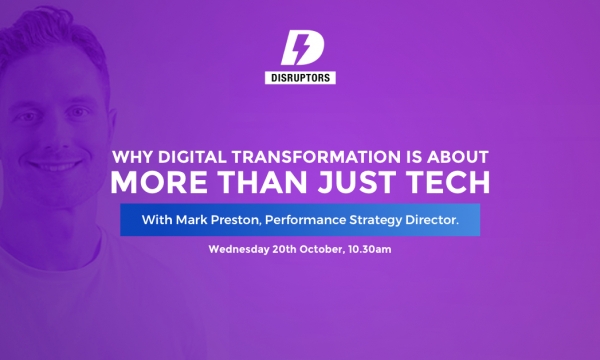
At Stickyeyes, we love data. It’s a huge part of what we do, influencing the decisions that we make when it comes to strategic and creative campaigns. Google recently expanded its Consumer Barometer tool, which provides very top-level data about internet usage around the world, such as the devices people are using, how they use them and why.
It’s a completely free-to-use tool that lets you run a sizeable number of reports. It’s not detailed enough for you to pick up the phone and cancel your subscriptions to GlobalWebIndex or Hitwise, but it does give you some very useful base information if you are looking to change your approach or move into overseas markets.
We have had a little fiddle with the buttons and knobs, picking out five rather interesting stats that you may not have known before.
Brits are the biggest online shoppers in Europe, whilst Eastern Europe doesn’t trust online shopping
British consumers are more likely to purchase a product online than anyone else in Europe, and they spend more time researching products online than any other country in the G8 nations except Japan.
In Eastern Europe, we see a big disparity between consumers researching products online and purchasing online, perhaps indicating a distrust of online shopping or delivery logistics in those regions. In Serbia, 70% of consumers research products but just 18% make their purchase online and it is a similar situation in Croatia, where 69% are happy to learn about a product online but just 23% make a purchase over the internet. Romanians are the biggest internet researchers, at 77%, but just one third turn that into an online purchase.
For travel brands, online is vital
British consumers are more likely to by travel services online than any other product or service category. More than four in five people surveyed (84%) said that they bought a leisure flight online, with 85% admitting that they researched their flight options online before purchase. Hoteliers are also expected to have a strong online presence, with 79% of UK consumers surveyed purchasing leisure hotel accommodation online, whilst 81% researched their options online.
Grocery brands relied the least on digital, with just 16% of consumers ordering groceries online.
The potential impact of ‘showroomers’ can perhaps be seen in the clothing and footwear category, which was the only sector in which the number of online purchases outnumbered the number of researchers. This could indicate a trend of in-store research, before an online purchase.
Scandinavians love their smartphones
It seems that Scandinavia is the smartphone capital of Europe, with Sweden topping the survey for smartphone adoption. Three quarters of Swedes have and use a smartphone, narrowly beating Spain, with 72%.
Scandinavian countries hold three of the top four positions, with a 69% adoption rate in Denmark and 68% in Norway. Finland is further down the rankings, with just 57% of people owning a smartphone but when it comes to ownership of standard mobile phones, Finland actually tops the survey with 98%. Sweden is the second biggest adopter of ‘mobile phones’, at 96%.
Scandinavians also appear to go online more than other nations in Europe, with 76% of Danes and Norwegians and 72% of Swedes claiming to go online “several times a day”.
Norway & the Netherlands have the most ‘silver surfers’
When it comes to over 55s getting online, Norway and the Netherlands lead the way.
As many as 87% of Norwegian over 55s and 86% of Dutch seniors have access to a desktop or laptop computer (the most common internet device), closely followed by over 55s in Sweden and Japan.
Just 53% of British over 55s had access to a computer whilst Malaysia was the least connected nation for over 55s, with just 17% having access to a computer and just 61% to a mobile phone.
The Dutch and Norwegians also love their tablets
The Netherlands is also the tablet capital of the world, with 51% of the connected population going online with a tablet device – the only country with a penetration rate above 50%.
Norway, Denmark, the UK and Singapore all have an adoption rate of 40% or above.
Want to know more about our approach to data and market intelligence? Request one of our free market intelligence reports covering finance, retail, cosmetics, legal, gaming and travel.







